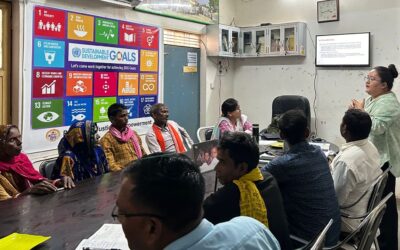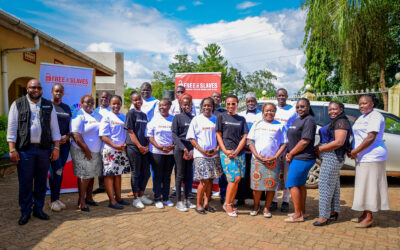It’s an ancient abuse. But it persists throughout the world today. Slavery remains one of the greatest human rights challenges of history.
Modern-day slavery looks different than the sailing ships and shackles we learned about in high school history class. Today, it’s largely hidden from sight. People now are trapped by different forces — less visible, but just as powerful.
The Free the Slaves team exposes what slavery looks like today in a gripping new video, now online on YouTube or Vimeo. It’s an important primer that reveals the magnitude of the problem during Human Trafficking Awareness Month.
In the film, FTS country directors from India, Nepal, Haiti, Congo and Ghana explain how slavery affects their nations. It’s about “separation and exploitation,” says FTS Haiti Country Director Smith Maxime. “You question, is this really happening,” says FTS Ghana Country Director Joha Braimah.
The film also examines how FTS assists people in slavery to break free.
“We help them to get organized,” says FTS Nepal Country Director Neelam Sharma. “We involve the communities themselves to find a solution,” says FTS Country Director Jack Kahorha.
FTS South Asia Director notes in the film that the FTS model for change is working.
“Wherever we have approached,’ she says, “after a few years we see that area has become slavery-free.”



